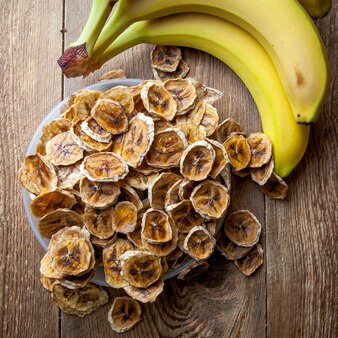
Uganda offers a fertile ground for banana cultivation due to its favorable climate and rich soils. The country is one of the largest banana producers globally, with various types that can be strategically leveraged for profit.

Here’s a detailed look at how to profit from different types of bananas in Uganda;
Bananas are not just a staple food but also a significant economic resource. The primary types include:
Matooke; Also known as East African Highland bananas, these are predominantly used for cooking, Gonja; These are sweet plantains often roasted or fried. Kabaragara (pancakes); A variety of dessert bananas. Bogoya: Known internationally as Cavendish bananas, these are the classic yellow bananas popular in global markets.
Matooke is central to Ugandan cuisine and a primary income source for many farmers.
Processing matooke into products like banana flour, crisps, and packaged pre-cooked matooke can fetch higher prices. Investing in small-scale processing equipment can turn this staple into a value-added product.
Matooke is in constant demand locally. Establishing direct supply contracts with hotels, restaurants, and urban markets ensures steady income. Utilizing cooperative societies can help smallholder farmers gain better bargaining power.
While traditionally consumed locally, there is a growing international market for East African cuisine. Exporting processed matooke products can open up new revenue streams.
Gonja, a versatile and sweeter variety, presents unique profit opportunities:
Gonja is a favorite street food in Uganda, often sold roasted. Setting up roadside stands or mobile vending units can be highly profitable, especially in urban areas.
Turning Gonja into crisps or chips and packaging them attractively can appeal to both local and international markets. This requires minimal initial investment but promises high returns due to the growing trend of healthy snacks.
Partnering with local confectioneries to supply gonja for making banana cakes, bread, and other sweets can ensure consistent demand.
Kabaragara, being a dessert banana, has a distinct market niche:
Directly selling these bananas in urban markets where there is a higher demand for fresh fruit can be lucrative. Packaging them in attractive, small bundles can increase their appeal.
Kabaragara can be exported to regions where there is a demand for exotic fruits. Establishing connections with international fruit distributors can facilitate this.
Creating agro-tourism experiences where visitors can tour banana plantations and taste fresh Kabaragara can add an additional revenue stream.
Bogoya, similar to the widely consumed Cavendish banana, offers significant commercial potential:
Bogoya can be sold both locally and internationally. Ensuring high-quality standards can help tap into premium markets abroad.
Just like other varieties, Bogoya can be processed into various products such as smoothies, juices, and dried banana snacks. This can cater to both local and export markets.
The fiber from banana plants can be used to make eco-friendly products like bags, mats, and textiles, which are increasingly popular.
Maintaining high standards of cultivation and processing ensures that the bananas meet both local and international quality requirements.
Effective marketing and creating a strong brand identity can differentiate your products in a competitive market. Highlighting the organic and sustainable farming practices can attract eco-conscious consumers.
Leveraging support from government programs and NGOs that provide training, resources, and market linkages can enhance profitability.
Profiting from bananas in Uganda involves understanding the unique market dynamics of each variety and strategically adding value through processing, quality control, and effective marketing. By capitalizing on both local and international markets, Ugandan banana farmers can significantly increase their income and contribute to the nation’s economic growth.

















